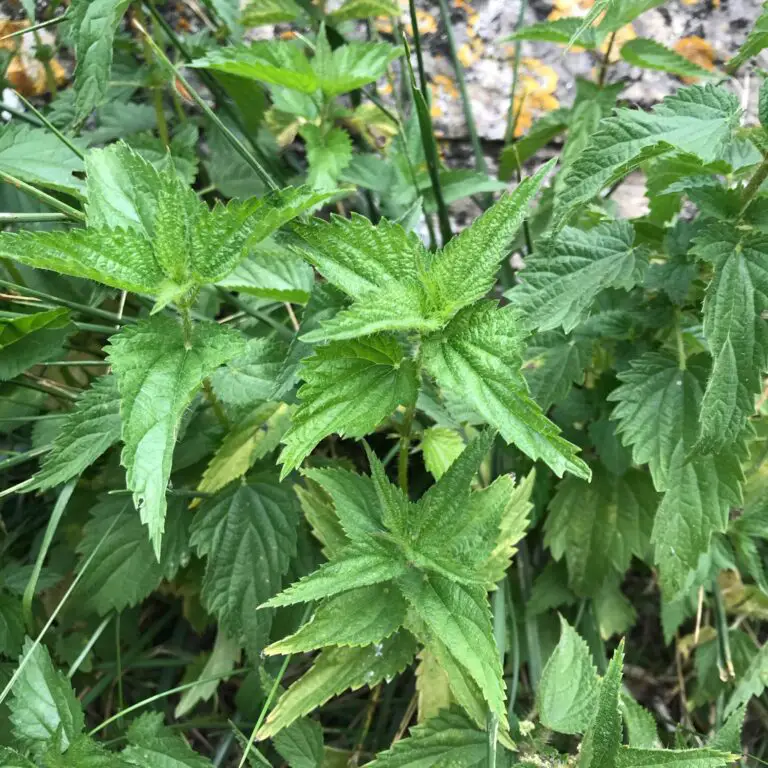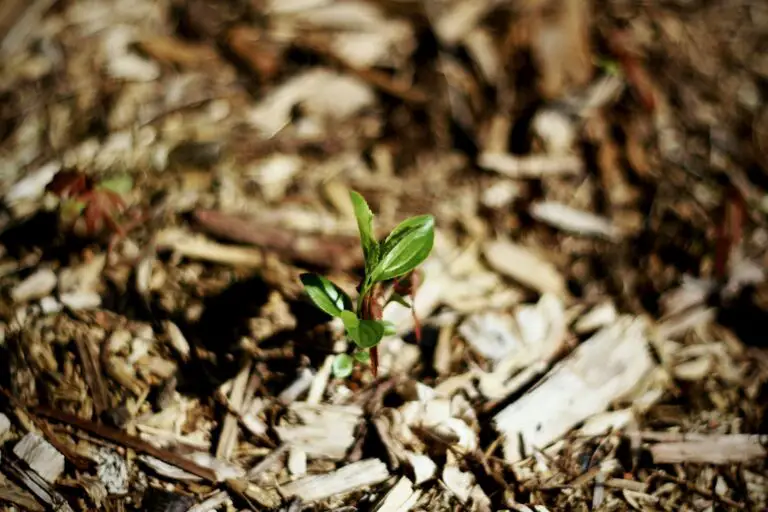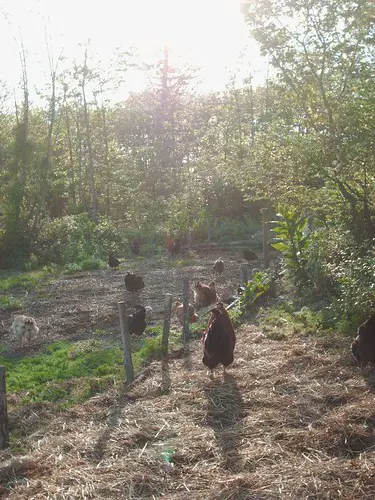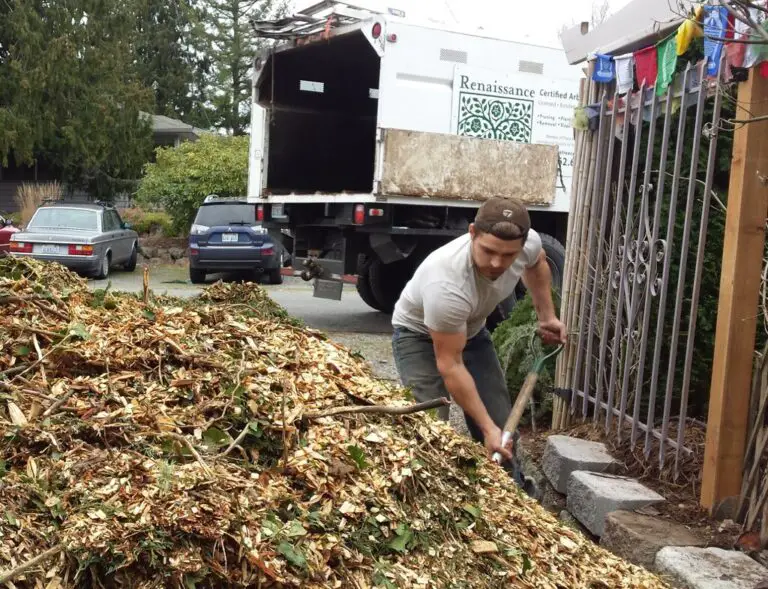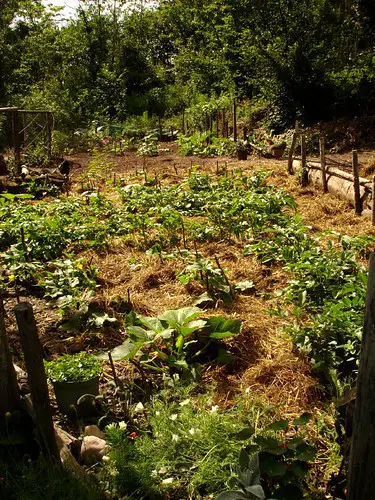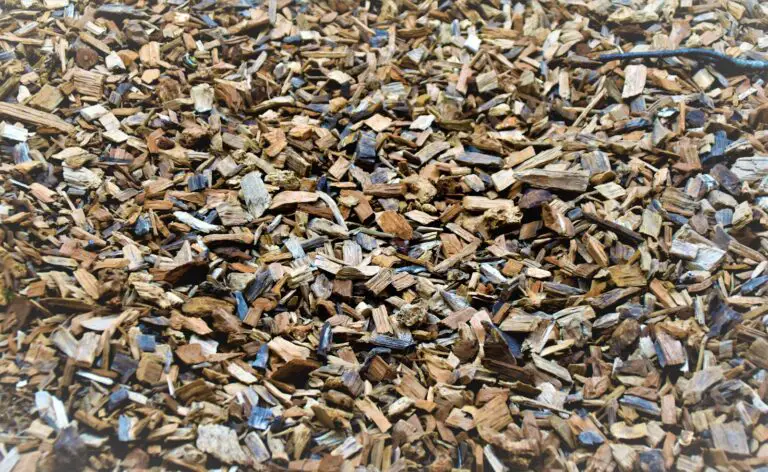Avoiding Over-Mulching: Tips for Gardeners
Mulching, the practice of applying a layer of material over the soil, has become a staple in the gardening world. It’s celebrated for its ability to retain moisture, suppress weeds, and moderate soil temperature. Yet, with enthusiasm for mulching comes the risk of overdoing it. Over-mulching can be just as detrimental to your garden as not mulching at all. In this informative guide, we’ll explore the pitfalls of mulching too much and provide insights on how to avoid them.
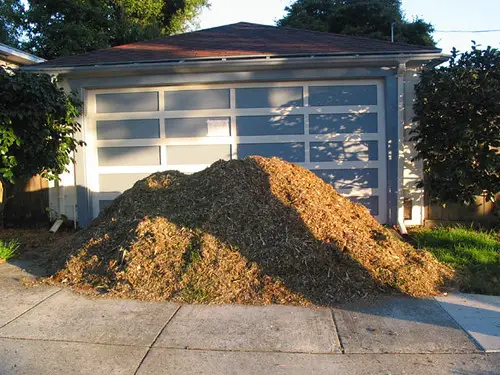
The Root of the Problem: Disadvantages of Over-Mulching
Root Suffocation and Rot
Excessive mulch can lead to a lack of oxygen reaching the roots of your plants, a crucial element for their health. Roots need air to breathe, and when they’re suffocated, a range of problems can ensue. Over-mulching can create a damp, anaerobic environment that’s a breeding ground for harmful fungi, ultimately causing root rot.
Pests and Diseases
Deep mulch can harbor insects and pests that feed on plant roots. Additionally, pests such as voles and mice find refuge in thick layers of mulch, using it as a launchpad for attacking your plants. Diseases love a moist, warm environment, creating a prime setting for the spread of plant infections.
Nutrient Imbalance
While mulch helps to enhance the soil as it decomposes, too much mulch can lead to an imbalance in nutrient availability. This imbalance happens because the excessive mulch decomposes slowly, tying up the nitrogen in the soil and leaving less for your plants. The resulting high carbon-nitrogen ratio can hinder plant growth and even lead to discoloration and poor yields.
Getting Your Hands Dirty: How to Avoid Over-Mulching
To avoid the snares of over-mulching, gardeners must cultivate a balance—a mulch sweet spot, if you will.
Proper Mulch Thickness
The key to avoiding over-mulching is achieving the ideal mulch depth. A layer of 2 to 4 inches is usually sufficient, though this can vary depending on the type of mulch and the needs of your garden. A thicker layer restricts the movement of water and air, creating an environment that stifles root health. Ensure the mulch layer is substantial enough to be effective without serving as a barrier to the soil’s natural interactions with the environment.
Mulch Type Selection
Not all mulches are created equal, and some are more prone to over-mulching issues than others. Inorganic mulches like stone and rubber do not break down, therefore they do not need to be replaced as they don’t contribute to soil structure. Organic mulches, which decompose and add nutrients to the soil, require a bit more strategic application. Compost or wood chip mulches are often recommended for maintaining a healthy garden ecosystem.
Mulch Placement Techniques
How and where you apply mulch can also impact your garden. Avoid piling mulch up against tree trunks or directly on top of plant stems. This “volcano mulching” not only encourages pests and diseases but can also cause plants to suffocate and die. Instead, create a slight donut-shaped ring around trees and shrubs with space for water to be directed to the roots and air to reach the trunk.

Reveling in the Fruits (and Vegetables) of Your Labor: Benefits of Proper Mulching
When done right, mulching can be a garden game-changer. It’s more than just a pretty face for your flower beds; it’s an essential tool for the green-thumbed striving for a pristine and productive garden.
Soil Insulation and Moisture Retention
The right mulch layer acts as a barrier between the soil and external elements, helping to maintain a consistent soil temperature. Mulch also reduces evaporation, keeping the moisture levels in your soil more stable. This is especially beneficial in regions with hot, dry summers or erratic weather patterns.
Weed Control
Adequate mulching is a formidable opponent to weeds, smothering their growth by blocking sunlight and creating a physical barrier. Weed-free soil requires less weeding time and less strain on your back, allowing you to focus on the beauty and bounty of your garden rather than its undesirables.
Enhanced Plant Growth
Proper mulching promotes healthy plant growth by providing a favorable environment for roots to spread and stabilize. It encourages the presence of beneficial organisms in the soil, which aid in the breakdown of organic matter and the release of nutrients. Ultimately, this leads to plants that are stronger, more vibrant, and more resilient to the challenges of their environment.
Conclusion: A Mulch-Needed Summary
The benefits of mulching are numerous and well-documented, but like many things in life, moderation is key. By being mindful of the quantity, placement, and type of mulch you use, you can avoid the potential pitfalls of over-mulching and cultivate a garden that is not just beautiful, but also healthy and thriving.
Remember, your garden is a living, breathing ecosystem. Each decision you make, from the seeds you plant to the mulch you spread, can have a significant impact. By heeding the advice in this guide, you’re not just avoiding the disadvantages of over-mulching—you’re investing in the long-term success and sustainability of your garden.
Armed with this knowledge, go forth and mulch responsibly. Your garden—and the earth—will thank you for it.

